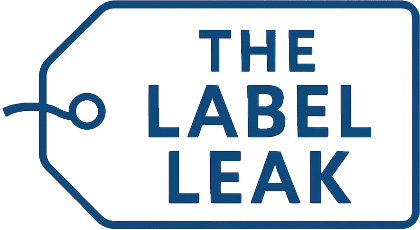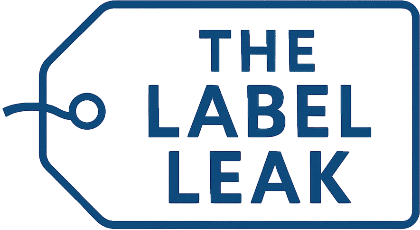France’s largest tap water ban exposes global threat of ‘forever chemicals’
A sweeping ban on tap water in eastern France has thrust the dangers of “forever chemicals” into the global spotlight, raising urgent questions about water safety and chemical pollution in communities worldwide.
In July 2025, authorities in Saint-Louis and 15 neighboring communes near the Swiss and German borders ordered about 60,000 people—including infants, pregnant and breastfeeding women, and those with compromised immune systems—to stop drinking tap water due to dangerously high levels of PFAS (per- and polyfluoroalkyl substances). These chemicals, used for decades in firefighting foam at a nearby airport, were found at four times the soon-to-be-enforced European Union safety threshold.
Blood tests in the region revealed that residents had PFAS concentrations averaging 14.9 µg/L, more than double the European Food Safety Authority’s recommended limit of 6.9 µg/L, placing Saint-Louis among the most exposed communities in France. The contamination, likely ongoing for years, went unnoticed until recent testing, leading to widespread public anger and a rush on bottled water.
What are PFAS and why are they dangerous?
PFAS are a group of synthetic chemicals prized for their resistance to heat, water, and oil, and are found in products ranging from firefighting foams to non-stick cookware and waterproof clothing. They are known as “forever chemicals” because they do not break down naturally and accumulate in the environment and human bodies, with links to cancer, immune dysfunction, and reproductive issues.
Recent research also points to the dangers of newer, so-called “short-chain” PFAS. For example, PFHxA, a replacement for older PFAS, has been shown in animal studies to cause lasting behavioral and brain changes in males exposed early in life, challenging the notion that these substitutes are safer.
Live Events
Q. How do PFAS get into drinking water?
PFAS can enter water supplies through industrial discharges, use of firefighting foams, landfill leachate, and runoff from manufacturing sites. Once in the environment, they can contaminate soil and groundwater, ultimately reaching drinking water sources.
Q. What health problems are linked to PFAS exposure?
Scientific studies have associated PFAS exposure with a wide range of health issues, including:
- Increased cholesterol levels
- Reduced immune response (including lower vaccine effectiveness)
- Liver damage
- Thyroid disease
- Fertility issues and pregnancy-induced hypertension
- Low birth weight and developmental delays in children
- Increased risk of certain cancers, such as kidney and testicular cancer.
Q. Can PFAS be removed from water?
Some filtration methods, such as activated carbon and reverse osmosis, can reduce PFAS levels in water, but no method guarantees complete removal. Large-scale remediation is challenging due to the chemicals’ persistence.


